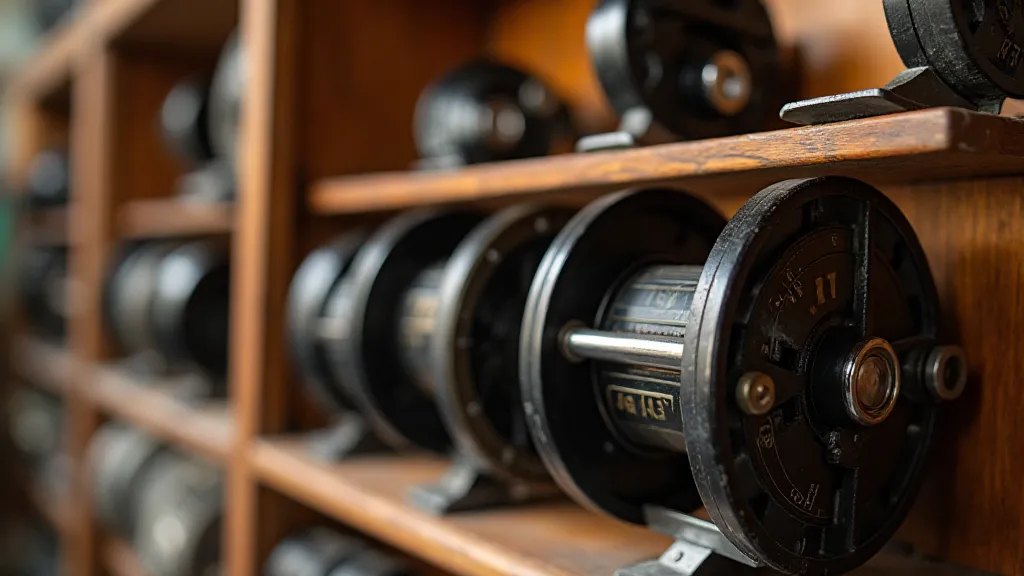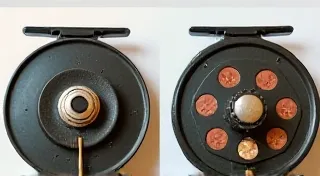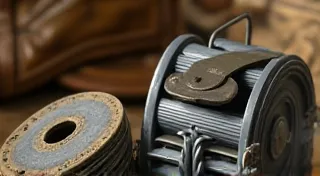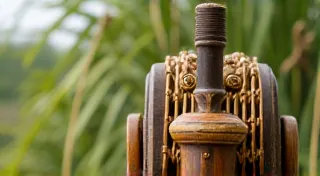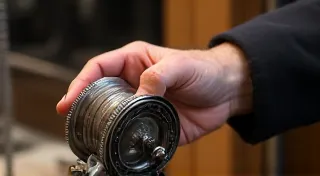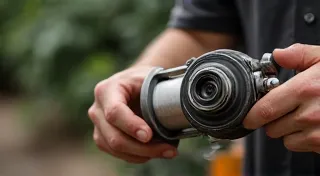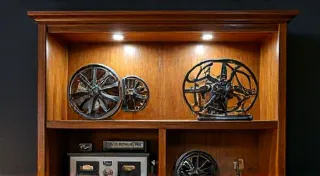Left-Handed Reels: Rarity and Value
For the avid collector of vintage fishing reels, the hunt for rare and unique models is a constant pursuit. While many factors influence a reel’s value – condition, originality, manufacturer, and age being primary – one often overlooked aspect can dramatically increase desirability and price: handedness. Specifically, left-handed reels, once commonplace, are now exceedingly rare and command a significant premium in the collector's market. This article will delve into the history of left-handed reels, explain why they've become so scarce, and discuss the impact on their value. Whether you're a seasoned collector or just starting your journey into reel collecting, understanding the world of left-handed reels is essential for making informed acquisitions.
The Rise and Fall of Left-Handed Reels
The prevalence of left-handed reels isn't a recent phenomenon. Throughout the late 19th and early to mid-20th centuries, manufacturers routinely offered reels in both right- and left-handed configurations. The reasons behind this were rooted in the fishing techniques of the era. Early fishing often involved two-person boats, where one angler would fish on the port (left) side of the vessel. For these anglers, a left-handed reel was not a matter of preference, but a necessity for comfortable casting and retrieval. Manufacturers like Pflueger, Hardy, Orvis, South Bend, and many others, recognizing this demand, routinely produced reels in both hand orientations.
Several factors contributed to the rise of right-handed reels as the dominant choice. The most significant was the shift towards single-angler fishing. As recreational boating became more common with individuals or small groups, the need for left-handed reels diminished. This trend coincided with a broader shift in fishing practices; many anglers transitioned to bank fishing or smaller boats where handedness was less crucial. The rise of mass-market fishing gear also played a role. Manufacturers, driven by the desire to streamline production and reduce costs, began phasing out left-handed models.
The final nail in the coffin for left-handed reels was a combination of declining demand and the complexities of manufacturing. Producing two versions of each reel – left- and right-handed – required separate tooling, assembly lines, and inventory management. As sales of left-handed reels dwindled, the additional costs outweighed the minimal profit margin. By the 1960s and 1970s, most manufacturers had discontinued left-handed reel production altogether.
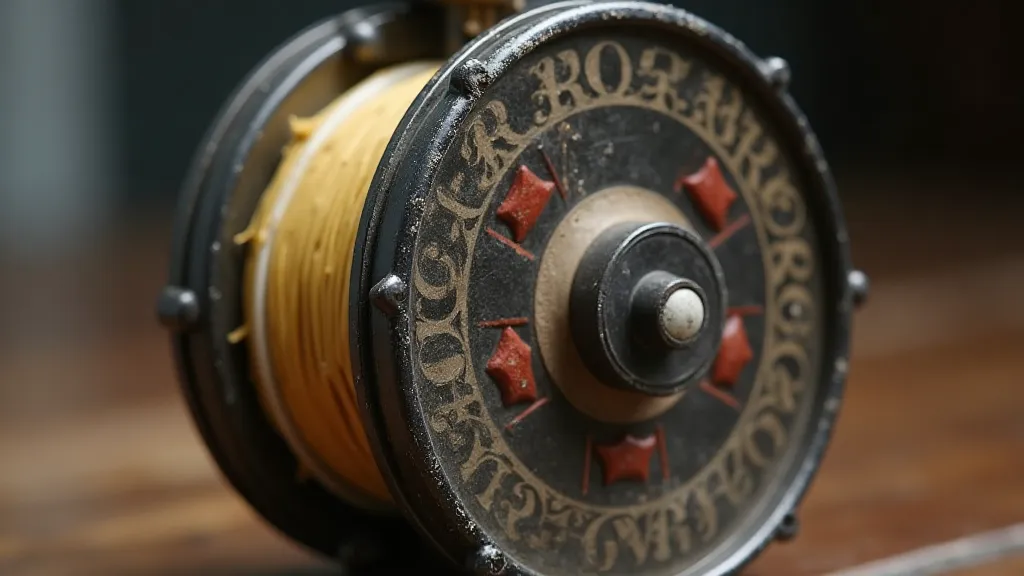
Why are Left-Handed Reels Rare?
The discontinuation of left-handed reel production, coupled with the relatively low demand, created a perfect storm for rarity. These reels were simply not manufactured for as long as their right-handed counterparts. Furthermore, when they *were* used, they were often subjected to more rigorous use – frequently employed by anglers in demanding situations. This resulted in a higher rate of wear and tear, with many reels lost or discarded over the years.
The transition to right-handed reels also meant that many left-handed reels were often converted. Anglers who preferred the look or features of a particular model but needed a right-hand wind would often have a skilled machinist reverse the gearing. While not inherently detrimental to the reel’s functionality, these conversions significantly diminish its collector value. A truly original left-handed reel is a prized possession.
The Value Factor: What Makes a Left-Handed Reel Valuable?
The rarity of left-handed reels directly translates to increased value. Several key factors contribute to the price a collector is willing to pay:
- Originality: As mentioned above, an original, un-converted left-handed reel is the most valuable. This includes the correct handle placement, gear configuration, and overall construction.
- Manufacturer: Certain manufacturers are inherently more desirable among collectors. Hardy reels, renowned for their exceptional craftsmanship, command a premium regardless of handedness. Orvis and Pflueger reels are also highly sought after.
- Model: Within each manufacturer's lineup, certain models are more desirable than others. Reels with unique features, intricate designs, or historical significance tend to fetch higher prices.
- Condition: Condition is always a crucial factor in collectible value. A reel in pristine, like-new condition will be worth significantly more than one that is heavily worn or damaged.
- Rarity within the Model: Even within a specific model, the left-handed version is the rarer variant. This rarity, by itself, often adds a substantial premium.
To illustrate, a right-handed Hardy "The Sovereign" reel in good condition might sell for $500 - $800. The *same* reel, if found in original left-handed configuration, could easily command $1200 - $2500 or more. The difference is almost entirely due to the handedness.
Identifying Left-Handed Reels
Identifying a left-handed reel can sometimes be tricky. Here are some key indicators:
- Handle Placement: The most obvious indicator is the position of the handle. On a left-handed reel, the handle will be on the left side when looking at the reel head-on.
- Gear Configuration: Inspect the reel's internal gears. The gear arrangement will be reversed compared to a right-handed reel.
- Markings: Some manufacturers marked their left-handed reels with a subtle "L" or "LH" designation, though this is not always present.
- Research: Refer to manufacturer catalogs and reference materials to confirm the reel’s handedness.
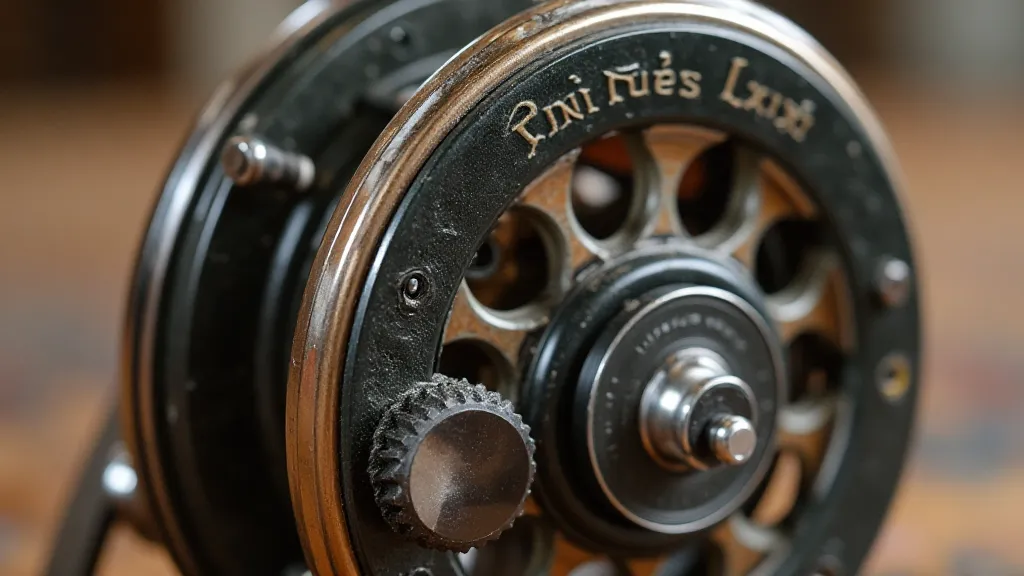
Collecting Left-Handed Reels: Tips for Success
For those interested in collecting left-handed reels, here are a few tips:
- Do Your Research: Become familiar with different manufacturers, models, and their characteristics.
- Be Patient: Finding original left-handed reels requires patience and persistence. They don’t appear on the market frequently.
- Network with Collectors: Connect with other reel collectors through online forums, clubs, and auctions.
- Inspect Carefully: Thoroughly examine any reel before purchasing, looking for signs of conversion or damage.
- Ask Questions: Don't hesitate to ask sellers about the reel’s history and originality.
Conclusion
Left-handed vintage fishing reels represent a fascinating and rewarding niche within the broader world of reel collecting. Their rarity, coupled with the historical context surrounding their production, makes them highly desirable among enthusiasts. Understanding the factors that influence their value and learning to identify original left-handed models is key to successful collecting. While the hunt may be challenging, the reward of owning a piece of fishing history is well worth the effort. These reels offer a tangible link to a bygone era when left-handed anglers weren't an afterthought, but a recognized part of the fishing community.
